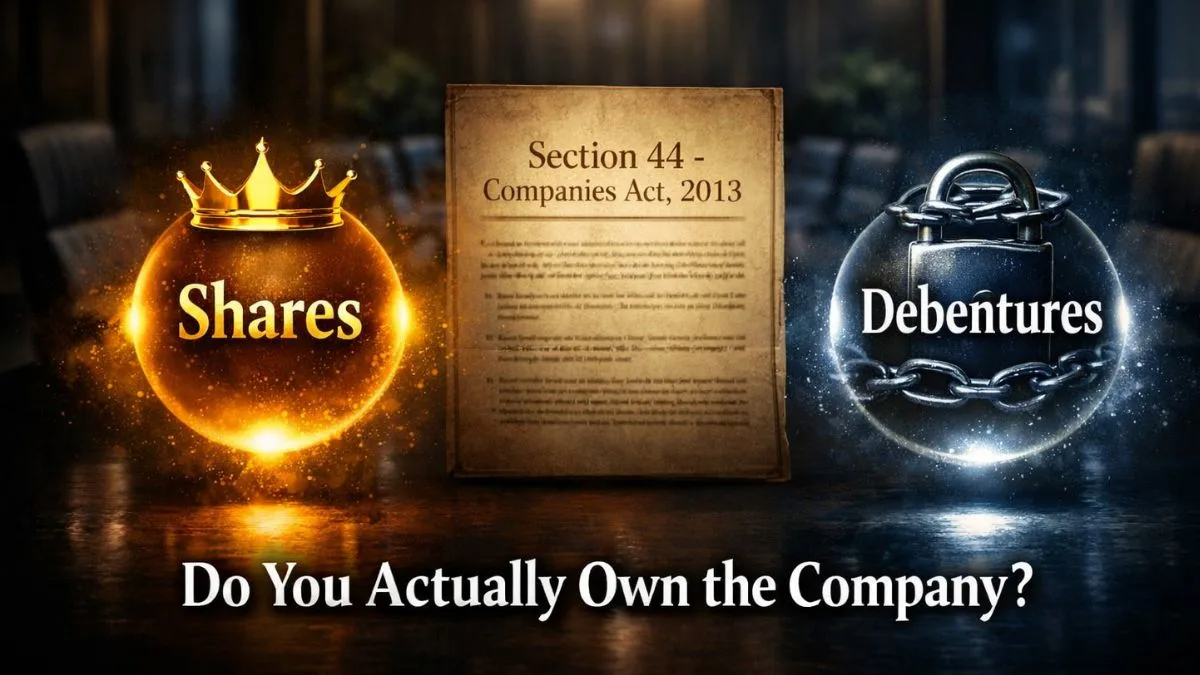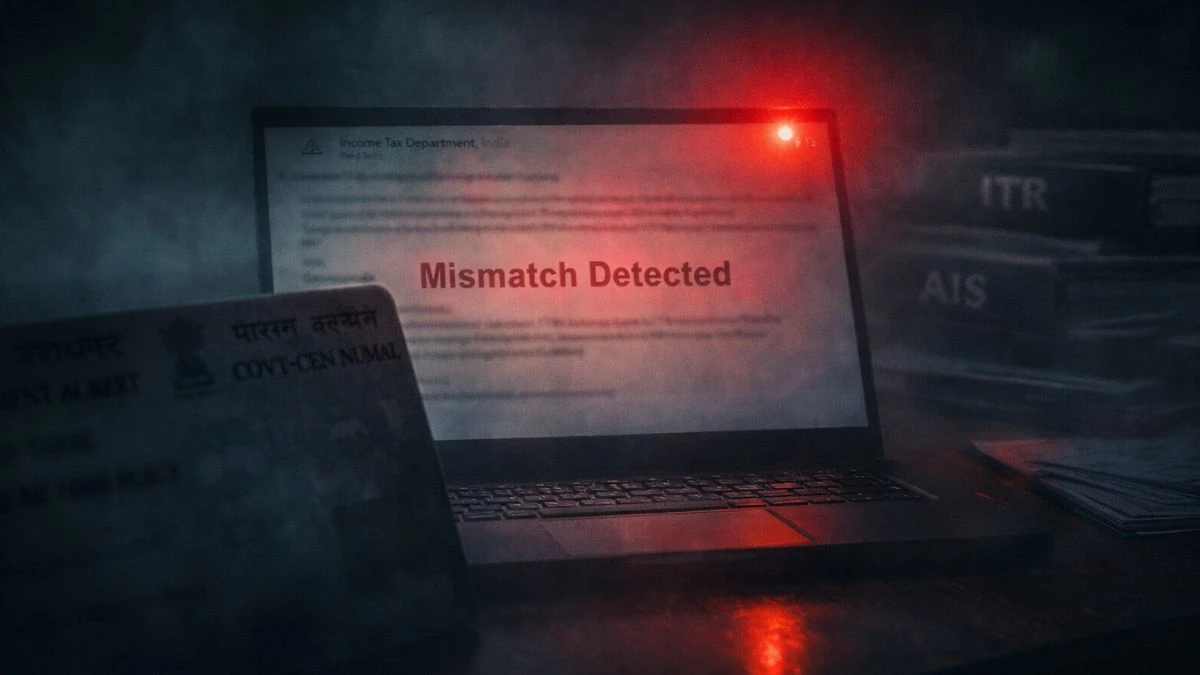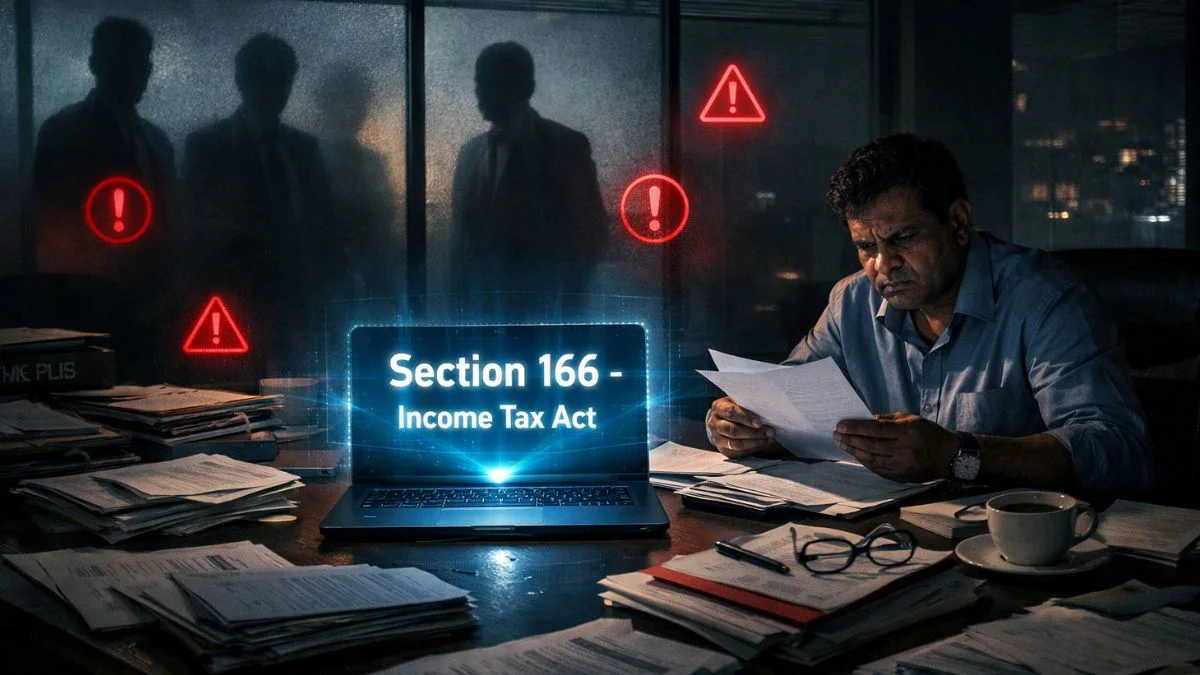
Introduction: What is Section 143(1) of Income Tax?
If you’ve recently filed your Income Tax Return (ITR) and received a message or notice titled “Intimation under Section 143(1)”, don’t panic. This isn’t a tax raid or a penalty threat—it’s a routine process under the Income Tax Act, 1961.
Section 143(1) income tax intimation is a formal communication sent by the Income Tax Department after the initial processing of your filed return. Think of it as a digital comparison sheet between what you’ve filed & what the department has on record.
Why is Section 143(1) Important?
Section 143(1) is one of the fundamental provisions relevant for a non-resident's tax exposure and domestic taxpayers alike. It ensures transparency & early error detection in return filings. Whether you're a salaried employee, a freelancer, or a small business owner, an intimation under section 143 1 of the Income Tax Act tells you if your return has been accepted as-is or if any discrepancies exist. "
What Does an Intimation Under Section 143(1) Contain?
An intimation u/s 143(1) typically contains the following details:
- Income as per your ITR vs. income as per CPC computation
- Deductions claimed vs. allowed
- Taxes paid (TDS, advance tax) vs. taxes payable
- Any refunds or additional tax liability
- Interest under section 234A, 234B, or 234C (if applicable)
So, if an assessee has spent more or less than the sum he is currently entitled to pay, an intimation for such adjustment has to be sent by the tax authorities.
Types of Outcomes in a 143(1) Intimation
- No Discrepancy – Return Accepted As-Is
This is the best-case scenario. You’ll see a message confirming your return is processed with no change. - Refund Due
The department has calculated a higher refund than you expected, or the same amount. - Tax Demand Raised
Uh-oh! You may have missed some income, claimed excess deductions, or underpaid tax. Now you need to pay tax for intimation u/s 143(1).
How to Check and Download 143(1) Intimation?
- Log in to https://incometax.gov.in
- Go to the “e-Proceedings” or “View Filed Returns” section
- Look for the income tax intimation section 143 1 PDF
- Download and read it carefully
How to Pay Tax for Intimation Under Section 143(1)?
If your intimation shows tax payable:
- Go to the e-Pay Tax portal
- Choose Challan 280
- Select “Self Assessment Tax”
- Enter the amount & assessment year
- Complete the payment online & save the receipt
Once paid, you don’t need to refile your return, but keep the challan and acknowledgement as proof. "
Common Mistakes Leading to Tax Intimation Notices
- Forgetting to declare an FD interest
- Mismatch in TDS details and Form 26AS
- Claiming ineligible deductions under Section 80C
- Skipping income from secondary jobs or freelancing
- Rounding-off errors or typos in PAN, name, and bank details
What Happens If You Ignore the Intimation?
If the intimation under section 143 1 of the Income Tax Act shows tax payable and you ignore it, the department may initiate recovery measures or even send you a notice under Section 156 or reassessment notice later.
So, take it seriously—even if the amount seems small. Sometimes the notice may only be informational, but when it shows tax dues, act fast.
Time Limit for Sending 143(1) Intimation
As per the Income Tax Act, 1961, the CPC (Centralised Processing Centre) must send the intimation within 9 months from the end of the financial year in which the return is filed.
For example, if you file your return on 30 July 2024 (for FY 2023–24), the department must send the 143(1) intimation by 31 December 2025.
Final Words: It’s Not a Notice, It’s a Cross-Check
Remember, an intimation u/s 143(1) is like a formal communication from the tax department—it’s just a soft nudge. It ensures that what you declared matches the department's records. If there’s a mismatch, fix it.
Quick Summary
|
Point |
Explanation |
|
What is it? |
Preliminary comparison by CPC of your ITR with their data |
|
Is it serious? |
No, unless it shows tax demand |
|
What to do? |
Pay dues (if any), or relax if no discrepancy |
|
Deadline to send? |
Within 9 months from the FY end |
|
Need to respond? |
Only if there’s tax payable or a mismatch |
Call to Action:
✅ Have you received a Section 143(1) intimation?
Comment below with your experience or question. If you're unsure how to read it or pay the amount due, reach out to our experts at CallMyCA.com.











